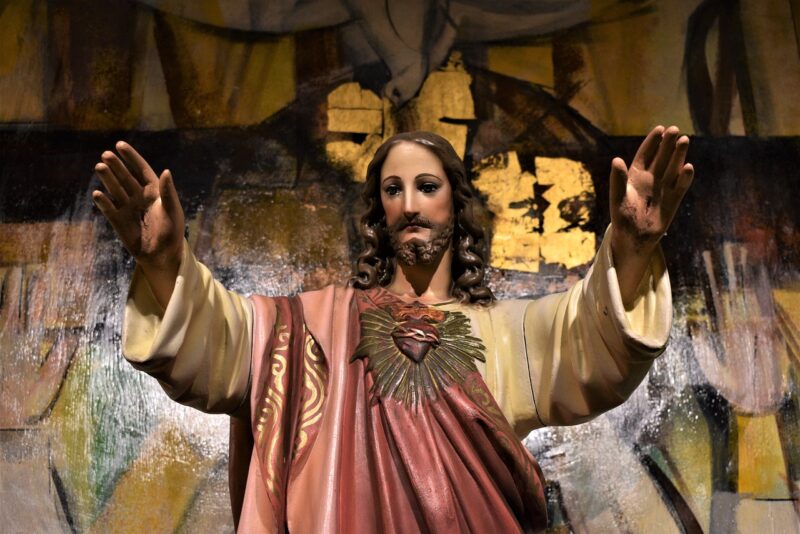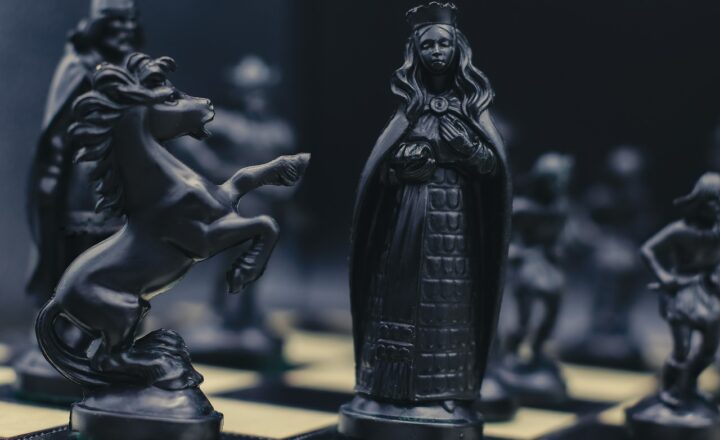Why Certain Animals Were Considered Divine and Worshipped as Deities in Ancient Civilizations
November 17, 2024

Throughout history, various cultures have established a deep reverence for certain animals, elevating them to divine status and incorporating them into their religious and spiritual practices. From the mighty eagle soaring above to the subtle yet graceful deer roaming the woods, these creatures have often embodied traits and attributes that societies aimed to emulate or respect. Understanding why certain animals were worshipped can provide profound insight into the beliefs, values, and worldviews of ancient civilizations.
1. The Connection Between Animals and Deities
The worship of animals can often be traced back to a society’s understanding of the natural world. Animals, with their unique characteristics, behaviors, and abilities, were viewed as manifestations of divine qualities or powers. For example:
- Strength and Courage: Lions, often referred to as the kings of the jungle, were revered for their strength and courage. They symbolized power and royalty, and various cultures, including the Egyptians, worshipped lion-headed deities like Sekhmet.
- Wisdom and Longevity: Turtles and tortoises, known for their long lifespan and steady nature, were considered symbols of wisdom and protection in many cultures, including Chinese mythology where they represent endurance and resilience.
- Spiritual Connection: Birds, particularly doves and eagles, are frequently associated with spirits or the divine in many religions. Their ability to fly made them symbols of freedom and a connection to the heavens.
This connection between animals and the divine forms the foundation of why they were revered and worshipped as deities, reflecting the values, experiences, and aspirations of those societies.
2. Ancient Egypt: The Pantheon of Animal Gods
In ancient Egypt, animals played a pivotal role in their mythology and religious practices. Each animal served a unique purpose and was often associated with specific gods:
- Cats (Bastet): Cats were sacred to the goddess Bastet, who represented fertility, domesticity, and motherhood. Killing a cat, even accidentally, could lead to severe punishment.
- Crocodiles (Sobek): Sobek, the crocodile god, was worshipped by those who lived near the Nile. He was believed to protect the Nile and the people living around it, often represented with a crocodile head.
- Hawks (Horus): The hawk-headed god Horus was associated with the sky and kingship, embodying power and protection. His worship was crucial during the pharaohs’ reigns, symbolizing their divine right to rule.
Each of these animals represented aspects of life that were essential to ancient Egyptians, intertwining their worship with their everyday existence.
3. The Indus Valley Civilization: Reverence for Cattle
In the ancient Indus Valley Civilization (present-day India and Pakistan), cattle held a prominent role in society. The reverence for cows can be seen even in later Hindu practices, tracing its roots back to these ancient times:
- Vital Resource: Cattle were indispensable for agriculture and providing milk. This practical dependency evolved into spiritual respect, leading to the worship of cows as symbols of abundance and motherhood.
- Divine Symbols: The cow, especially in later Hinduism, came to symbolize non-violence, fertility, and selfless giving, representing deities such as Kamadhenu, the mythical cow that grants wishes.
This relationship showcases how animals deeply integrated into daily life became revered as symbols of prosperity and nurturing caretakers.
4. Mesoamerican Cultures: The Serpent and the Jaguar
In Mesoamerican cultures, animals often embodied significant dualities and themes related to their mythologies:
- The Jaguar: In Aztec and Mayan cultures, the jaguar was associated with power, the underworld, and the army. Jaguars symbolized strength, ferocity, and even served as a representation of the male warrior archetype. The Aztecs held jaguar ceremonies to appease and gain blessings from this powerful creature.
- The Feathered Serpent (Quetzalcoatl): Quetzalcoatl was a pivotal god who symbolized creation, wind, and learning. The serpent, a core representation of power, was woven intricately into the religious tapestry, representing fertility and the cycles of life. This dual nature made the feathered serpent an essential part of Mesoamerican belief systems.
These complex representations underline the intense connection between animals and the spiritual world in Mesoamerican cultures, with each creature serving multiple symbolic roles.
5. Impact of Animal Worship on Culture and Society
The worship of animals had profound effects on the cultures that revered them. Here are some key impacts:
- Cultural Identity: Animal worship often became a vital part of a civilization’s identity, shaping art, literature, and social norms. Temples and monuments were adorned with images of revered animals, reinforcing their significance in daily life and society’s shared values.
- Ecological Relationships: Reverence for specific animals frequently led to their protection, fostering a harmonious relationship with nature. Animals viewed as sacred often enjoyed certain protections under local customs and laws, contributing to biodiversity preservation.
- Moral Lessons: Fables and myths involving revered animals allowed societies to transmit essential moral and spiritual lessons. Many cultures used animal stories to convey virtues like loyalty, bravery, and wisdom, anchoring their values in relatable symbols.
These cultural facets reinforce why animals were not merely worshipped but were critical to shaping various societal frameworks.
6. Conclusion: The Enduring Legacy of Animal Worship
The reverence for animals in ancient civilizations speaks volumes about humanity’s connection with nature and the enduring quest for understanding the divine. Animals became powerful symbols, reflecting the values, struggles, and aspirations of the societies that revered them. Today, we can still see lingering echoes of this connection in various cultural practices around the world, where animals retain their sacred status in religions and traditions.
In conclusion, the worship of animals provided a framework for ancient peoples to articulate their experiences and belief systems. By exploring their connection to these animals, we can better understand our ongoing relationship with the natural world and its significant role in shaping human history and spirituality.






